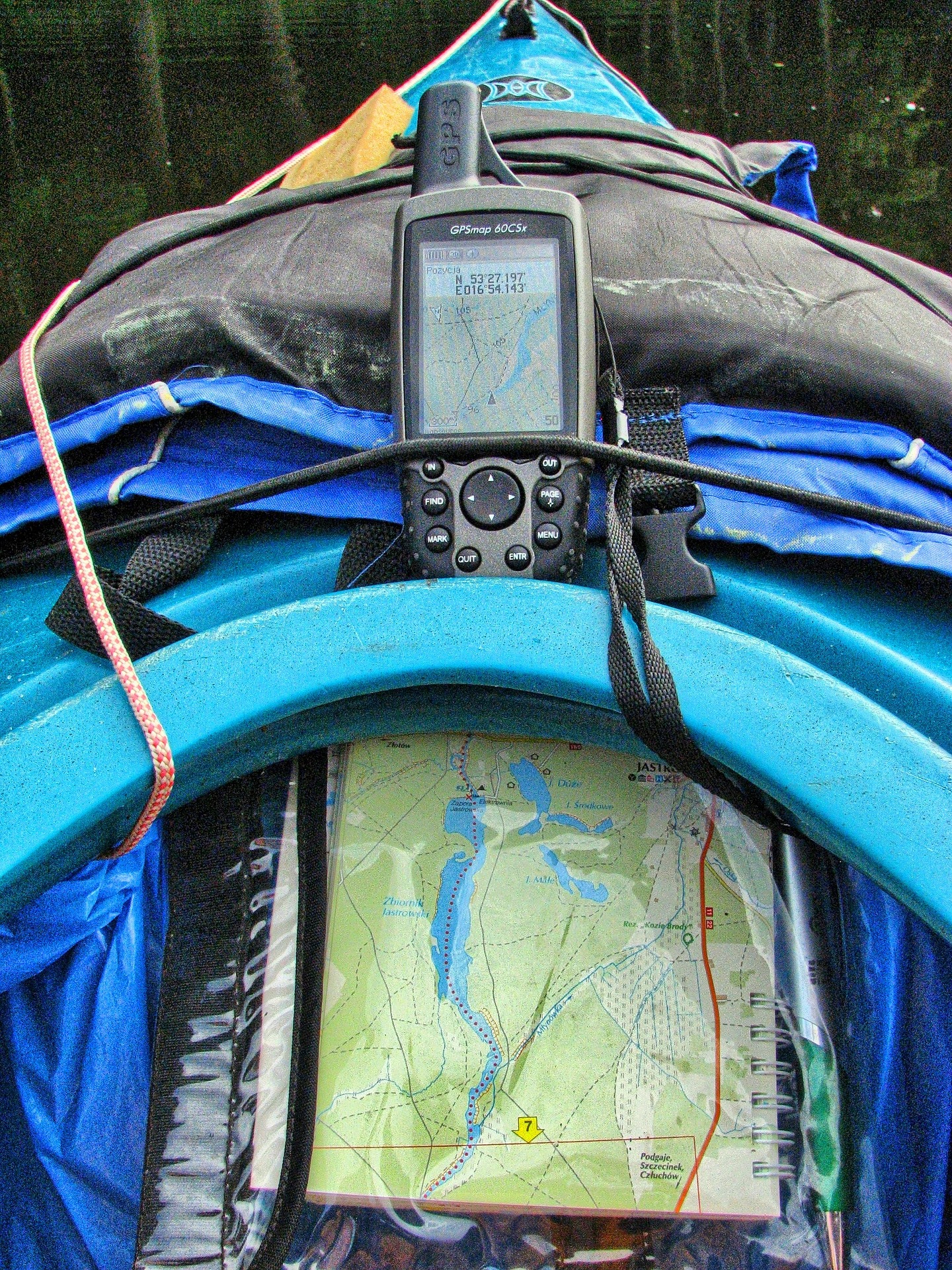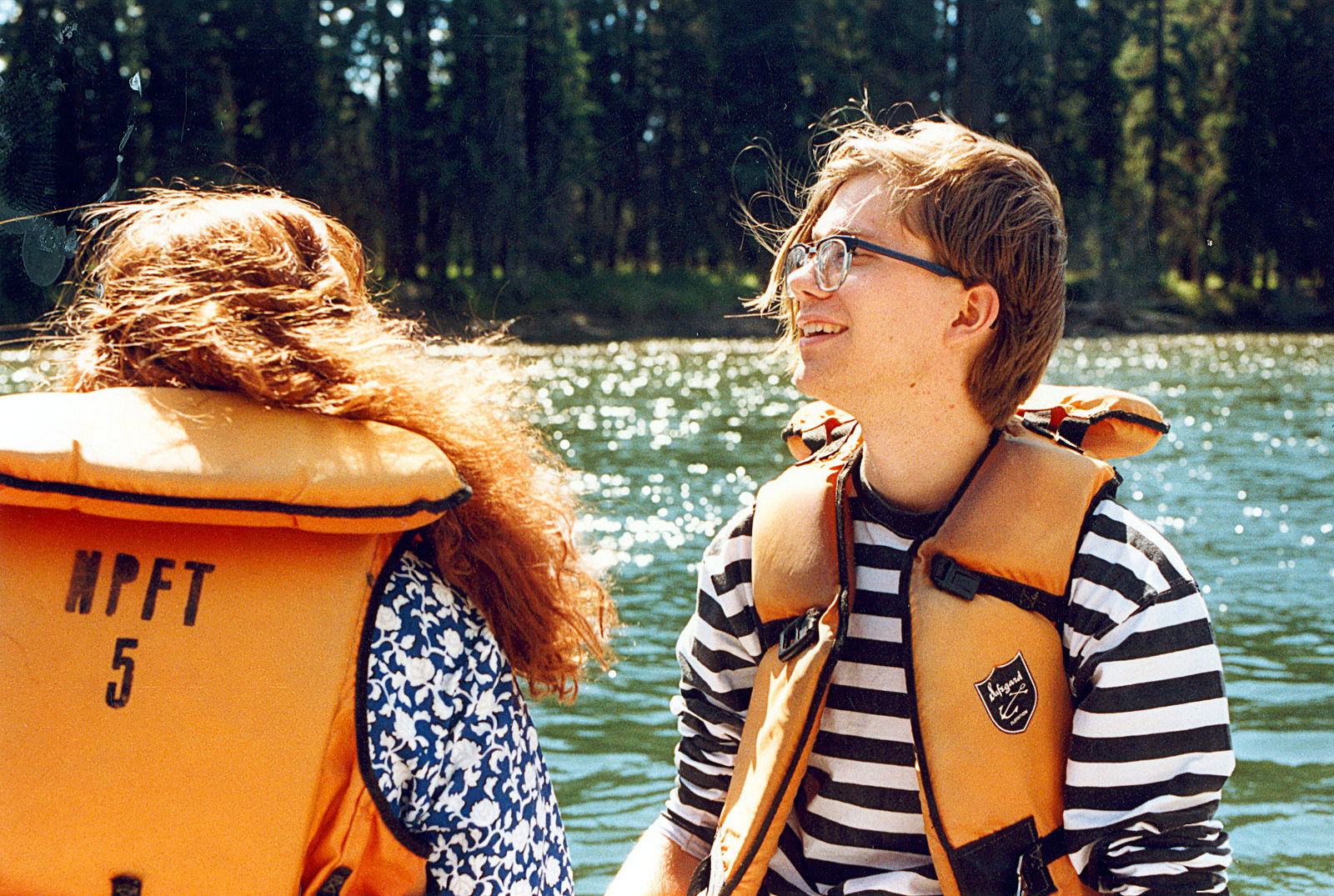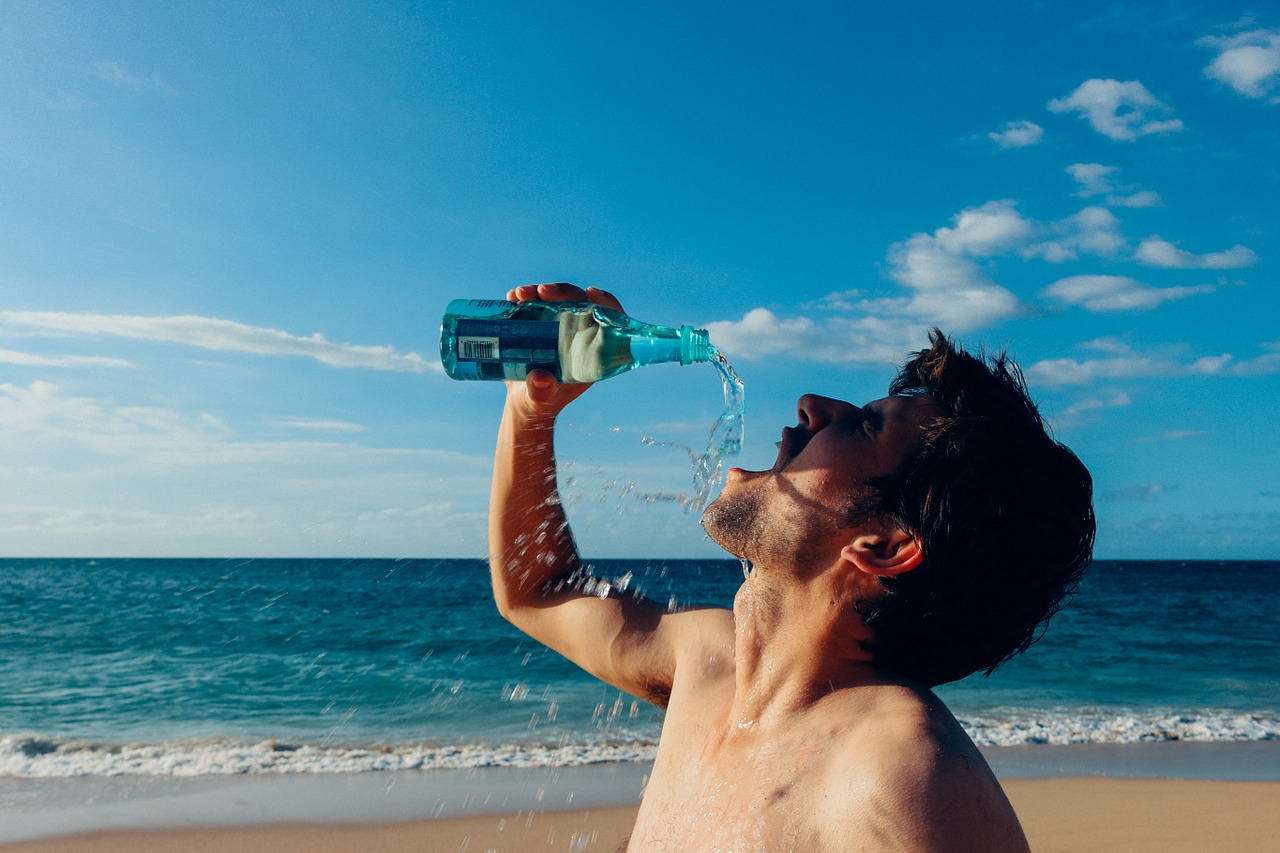
If you’re like me, you like to go completely off the grid on your kayak expeditions and discover your backyards rarely seen beauty.
But playing in untouched nature comes with increased risk. Kayakers that venture out into the back of beyond are much harder to track in the event of an emergency. It’s, therefore, essential that wilderness adventurers pack basic safety and first aid equipment.
But there’s also a big difference between being safety conscious and bringing enough kayak safety gear to sink your yak. So, what should be included? The below list is what I consider to be the bare essential safety equipment for an extended trip into the bush.
1. Dry Bags Save from Heartache
This item may seem obvious, but many kayakers have regretted the day they forgot to bring a waterproof nylon bag.
They get upset when rough waters, the occasional capsize, and rain destroys their belongings. But come on, you’re outdoors on a boat. You’re going to get a little wet, if not completely soaked.
Dry bags take up almost no additional space and allow you to keep valuables safe and dry. To think, the difference between an enjoyable expedition and a miserable one is little nylon bag.
2. Cell Phones – Not Just for Texting Emojis 🙂
The trusty cell phone is most people’s first point of call in the event of an emergency – just make sure it stays dry. Remember that dry bag we talked about? Well, your cell phone has to be in it – soggy cell phones don’t work.
Make sure your battery is fully charged before setting off. There are a few tricks to preserving the battery life, such as switching off your phone when not in use, turning power saving mode on, reducing screen brightness, turning off energy-sapping apps, turning vibrate off, and switching off WIFI, GPS, and Bluetooth functions.
3. Two Way Radio – Roger That
If you’re going deep into the backcountry, there’s a good chance you’ll have infrequent or no cell phone coverage. Two-way radios will allow you to keep in contact with a mountain base station or other members of your group in such circumstances.
They also consume less power and can last as long as ten days without requiring charging.
Your iPhone may not of have failed you yet, but never say never.
4. Bilge Pump – Because Capsizing Happens to the Best of Us
Even the most experienced and skillful kayakers can expect to capsize from time to time. Heavy wind and waves, white water, or a slight mistake can cause your boat to tip. And even if you don’t end up going for a swim, water can still fill your craft via cracks or rainwater.
At times like these, trying to empty the boat with a tin cup is a futile exercise. Save yourself the trouble and bring along a bilge pump.
Most modern bilge pumps are hand operated and fit right into the bottom of the cockpit, making getting rid of unwanted water a breeze.
5. GPS Unit for Pinpoint Accuracy

Yes, we get it. You know this particular stretch of woodland like the back of your hand. You’ve paddled these waters since you were a boy and went well off the beaten path in every direction.
You may be super confident in your inbuilt homing device, but it never hurts to bring along a GPS. You never know, you could be injured, and another member of the group may have to paddle or trek back for help.
GPS devices are that small nowadays that you’ll hardly notice it in your rucksack.
6. The Trusted, Old Map and Compass
Sometimes the old ways work best. Water and technology don’t often mix, and it’s smart not to rely on cell phones or GPS devices and be able to navigate without them.
A map and compass will continue to work long after your battery has drained. Now, if only I’d paid attention in orienteering 101.
7. Say Hello from a Distance
It’s a good idea to bring along at least two different types of long distance communication for extended trips. Ideally, one will use light signals and the other noise (i.e. a flashlight and whistle).
Long distance signaling devices include torches, rescue air horns, smoke and dye markers, flares, signal mirrors, and whistles.
If you plan on sleeping under the stars, then a flashlight is standard kit. But it’s also a great safety device as distress signals from a flashlight can be seen from miles away and will allow rescuers to hone in on your position.
Remember the international SOS call (3 short signals, 3 long signals, 3 short signals, then pause and repeat) and don’t just flash frantically if you don’t want to be mistaken for a disco.
SOS (save our souls) . . . - - - . . .
8. Give a Mate a Tow
The general rule of thumb for group kayaking is to paddle at the speed of the slowest paddler. However, if out-of-shape Bobby is a drag on everyone’s enjoyment, it may be necessary to give him a friendly pull.
Besides a lack of fitness, an accident or illness could leave one of your party unable to paddle. Tow ropes will ensure you leave no man behind.
Bright colored ropes made from synthetic fibers that float work best. Also, look for a line that has floats around the carabiners to save you fishing up the line if it drops in the water.
9. Don’t Gamble, Wear Your PFD

(Image: Flickr / Bart Everson)
We couldn’t go through a list of kayak safety equipment without of course mentioning PFDs (Personal Flotation Devices).
PFDs act as a buoyancy aid that will keep your head above water until you can get back to safety. In a nutshell; THEY ARE ESSENTIAL.
It doesn’t matter how strong a swimmer you think you are. All it takes is a rogue wave or sudden rapid to tip you out your kayak. If you fall into cold water, it’ll suck the air right out your lungs, rendering you incapable of swimming.
A PFD can save your life… but only if you wear it, and only if it fits. Just having a PFD is not enough and your PFD has to be properly fitted to be effective.
It’s wise to select a PFD that has pockets. In the event that you get separated from your kayak, you could stash a cell phone, food rations, and basic survival gear (such as a pocket knife and signaling mirror) in a dry bag in your pocket. You’ll be able to survive a night sleeping rough until backup arrives or you can trek back to camp in daylight.
10. First Aid Kits to the Rescue
Before your trip, you should review your first aid kit and make sure it’s fully stocked before heading off. You may want to invest in a first aid kit that is specifically designed for treating injuries arising from boating.
Depending on the size of your group and the duration of your venture, a couple of kits may be required.
On the day of the trip, the kits should be carried by trained first aiders.

11. A Spare Paddle Lets the Show Go On
It’s always a pain in the ass to have gear fail on you, but having your paddle break is especially infuriating.
Snapping the blade as you push off when launching is a fairly common mishap. You can still paddle with a single blade canoe style, but your paddling speed will be greatly reduced and you may choose to forfeit the rest of the trip. Unless, of course, you’re carrying a backup!
Spare paddles can be strapped down to your deck, or a four piece break down paddle can be easily stored in your hatch. There really is no excuse not to carry one.
12. Protect Your Head, It’s the Only One You’ve Got
It’s a no-brainer that fast currents and violent rapids require a helmet, but you should also consider wearing one for easy class I and II rapids and even moderate surf. Rocks and hard objects can lurk beneath the surface of slow-flowing rivers and close to the shore.
If there’s any chance of hitting your head, you should be wearing a helmet.
When shopping for a helmet, avoid cycling or action sports helmets, and get one with ventilation/drain holes and that is designed for paddle sports. It should fit snugly on your head, not muffle instructions, not trap water, and have a quick-release buckle.
13. Float Bags Make Re-entry a Piece of Cake
Float bags are inflatable pods designed to fit into the bow and stern of a sit-in kayak. They don’t aid with buoyancy during normal kayak use, but will stop the kayak from filling with water if you capsize and fall out of the kayak.
Without float bags, the kayak would rapidly fill with water making it harder to flip and increasing the amount of time it takes to drain once the kayak is the right way up.
14. Keep Paddling with a Kayak Repair Kit
Keeping a few tools and repair materials onboard your yak will allow you to carry out repairs in the field. Depending on whether your kayak is made from plastic or fiberglass will determine the adhesives and repair compounds you must carry.
Plastic kayaks are made from polyethylene which glues and putties don’t bond well to. Holes and cracks in plastic kayaks have to be repaired with a poly weld which is best done by a professional. Slapping a length of duct tape over the crack is a quick, temporary fix which will allow you to continue paddling.
Your repair kit should also contain the tools you need to tighten or remove deck fittings, such as screwdrivers, wrenches, and a multi-tool.
Not Quite Kayak Safety Gear, But Just As Important
The following items aren’t classed as safety gear, but there just as vital on any kayak trip.
15. Bring Lots of Potable Water – Paddling Is Thirsty Work

You’re surrounded by water when in your yak. You’re paddling the water, getting sprayed by it, and even falling into it, but you should probably stop at drinking it… that is of course unless you want to spend the rest of your trip squatting in a bush.
Even crystal clear streams contain harmful bacteria and parasites that will give you crippling stomach cramps, sickness, diarrhea, and nausea. If you run out of clean water, there are various ways of treating water such as boiling, filtering, and adding a water purification tablet.
16. Squirrel Away Spare Food Rations
In the unlikely (but possible) event that the main food supplies are damaged or lost, emergency food rations tucked away will help you survive much longer in the bush.
These could include a separate water canteen that is always full, as well as high-calorie foods such as chocolate, protein bars, beef jerky, trail mix, and dried fruit. Pack low volume, high energy foods to make the most efficient use of limited space.
17. Extra Clothing Will Keep You Warm and Cozy
Stranger things have happened than experienced kayakers being saturated in a freak accident. Bringing along spare clothes kept in a waterproof dry bag will ensure you don’t spend the rest of the day miserable.
Good backup attire should be lightweight and low volume. I would suggest a pair of wool or nylon socks, thermal undergarments, and a water-resistant pullover.
18. A Spray Skirt is Never a Bad Idea
Spray skirts go around your waist and then attach to the rim of the cockpit shielding you from waves and rain entering the kayak.
If you’re paddling a sit-in kayak, a spray skirt can make your journey so much more pleasant. Sitting in a puddle all day can bring down even the chirpiest of paddlers.
Wrapping It Up
If you were to pack every item on the above list, it would fill every nook and cranny of your yak and likely exceed its maximum capacity. You may not need everything we’ve mentioned and experience and a little common sense will indicate what you should be packing.
That being said, it is always best to verge on the side of caution.
You never know when disaster may strike. Accidents happen, and some are unavoidable. The best we can do is to be extra vigilant in and around the water, and be prepared for the dangers inherent to kayaking.
Basic safety practices, such as careful trip planning and bringing enough kayak safety equipment for the journey, can help mitigate some of the risk.
Be safe, paddle on, and have fun!
As an Amazon Associate, we earn from qualifying purchases. This is without any additional costs for the buyer but does support us in maintaining our website.



